
What Are the Best Ford F-150 Shocks for Overall Comfort & Performance?

Your Ford truck gives you a pretty solid ride from the factory. After all, it's not just some sedan with a basic suspension. Sure, your Ford truck may drive well from the factory, but what if we can help you expand on that? And what if you can cater your F-150 suspension system to your driving habits? Luckily, we’re here to help you do exactly that. We cover some of the best Ford F-150 shocks for overall comfort and performance.
The Best Ford F-150 Shocks for Comfort and Performance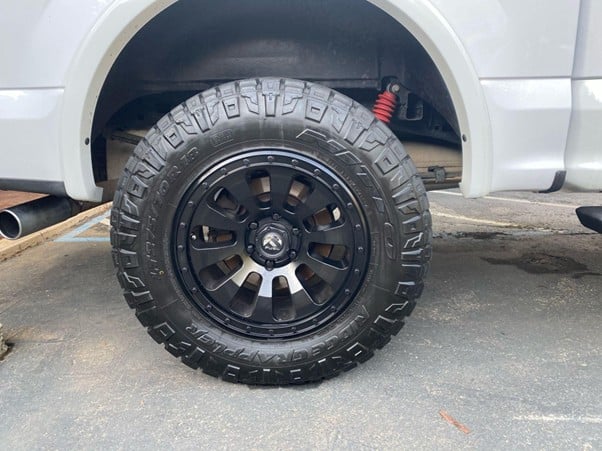
When shopping for shocks, you're mostly looking at the rear portion of your truck. Why? Most Ford F-150s have struts in the front. While struts handle a lot of the comfort and performance aspects of driving, they don't handle the whole thing. This is where rear shocks come into play. We take you through the best rear Ford F-150 shocks below. Before we dive in, you'll find that many of these shocks are for stock ride height. Luckily, most options are available for lifted trucks too, so don't worry if you come across some options that don't seem to fit your lift kit or leveling kit. Also, before you make a choice consider how you drive. Some shocks are better for on-road driving and others perform better off-road. If you have any questions about which shocks may be right for you, the good news is that you can always connect with our sales techs. Now, discover our top four picks for the best shocks for overall comfort and performance below.
1. Rancho RS5000X Rear Shocks
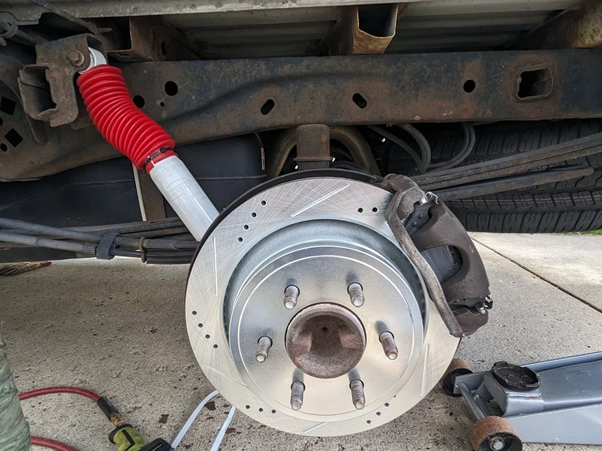
When it comes to some rear shocks that you can count on, don't be quick to look past the Rancho RS5000X Rear Shocks. These are some of our favorite shocks due to their construction. In other words, good luck breaking them, even if you plan on taking things off-road. These shocks are made with 2.25-inch alloy shock bodies that will handle just about anything you throw at them. They also feature a 16 mm nitro-carburized piston rod for superior durability. Of course, these shocks also have a strong polyurethane rebound bumper and a polyethylene dust boot. At the end of the day, you'll have a hard time finding a stronger rear shock system. Plus, these shocks are available for many different ride heights.
2. Rough Country Suspension Premium N3 Rear Shocks for 0 to 3.50-Inch Lift
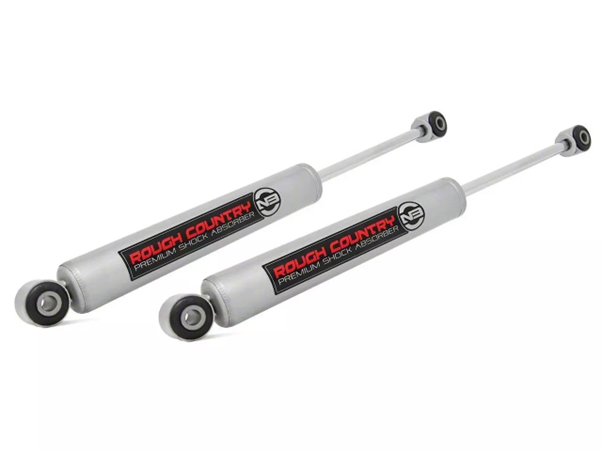
It's tough to maintain a smooth ride during a bout of off-roading, or even if you just want a comfortable ride down to the boat ramp. Fortunately, Rough Country is up to the task and offers these Rough Country Suspension Premium N3 Rear Shocks for 0 to 3.50-Inch Lifts. These shocks are made with T6061 brushed aluminum that can handle anything you throw at them, along with 200 PSI of charged nitrogen pressure. When you pair all of these features with the 1 3/8-inch bore and chrome-hardened 9/16-inch piston rod, you get a shock that's too tough to beat. Of course, these shocks also feature a powder-coated finish that wards off rust and other types of corrosion. If you’re looking for the smoothest and most comfortable off-road ride, we recommend giving these shocks a shot.
3. Mammoth Trail Series Rear Shocks for 0 to 3.50-Inch Lift
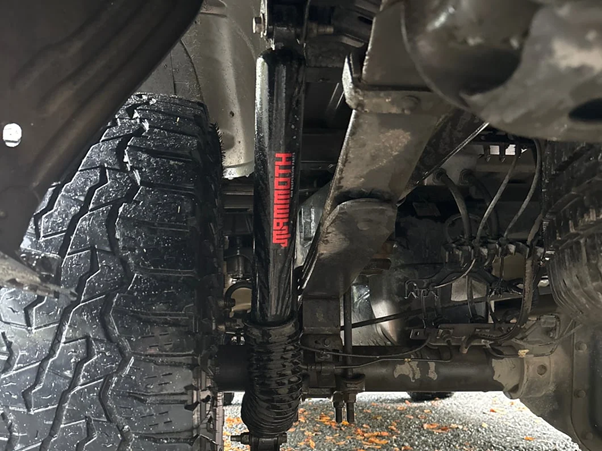
When you need a reliable monotube shock system, Mammoth has your back. One of the best aspects of this shock system is the value. Compared to competitors, you'll find that Mammoth Trail Series Rear shocks tend to be more affordable. Plus, you’re not missing out on quality with these shocks. In fact, one of our favorite features is the fact that these shocks offer preset damping that improves your ride quality. For a good price, you’re getting mirror-finished, hard-chrome piston rods that can handle anything that you throw at them. So, not only do they offer a smooth and comfortable ride, but you'll have no issues if you take things off-road or get a little salt on them during your plowing endeavors this winter.
4. FOX Performance Series 2.0 Rear IFP Shock for 0 to 1-Inch Lift
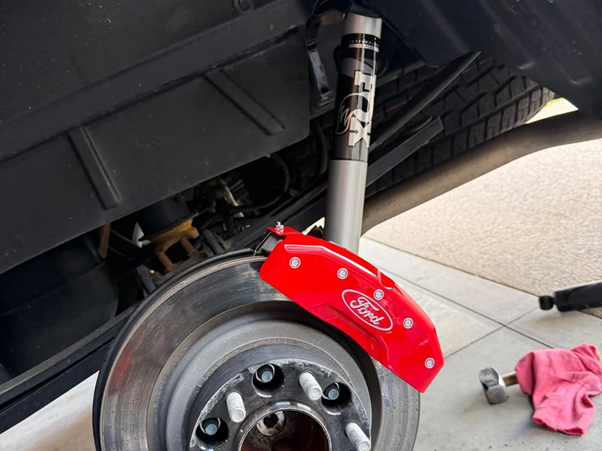
Are you looking for a set of nitrogen shocks that will help your truck return to the proper position the second after it hits a bump? If so, take a look at the FOX Performance Series 2.0 Rear IFP Shock for 0 to 1-Inch Lift. Not only is the ride comfortable, but these shocks feature a 2-inch, metal-impacted, 6061-T6 aluminum body construction that can handle just about anything you throw at them. Whether it's salt from plowing your neighborhood or dirt that you encounter out on the trails, you can always count on these shocks. Another benefit of these shocks is that they don't require any additional modifications for your truck. In other words, they're a direct-fit replacement option.
Get the Best Ford F-150 Shocks Fast
When you need the best shocks for your Ford-150, you can always count on our sales techs to help you find the perfect fit for your needs. Whether you want to make your off-road experience a lot more comfortable or you’re sick of feeling potholes on your way to work, we have your back when you shop online. Get the best Ford F-150 shocks for overall comfort and performance sent right to your door with fast and convenient order options.